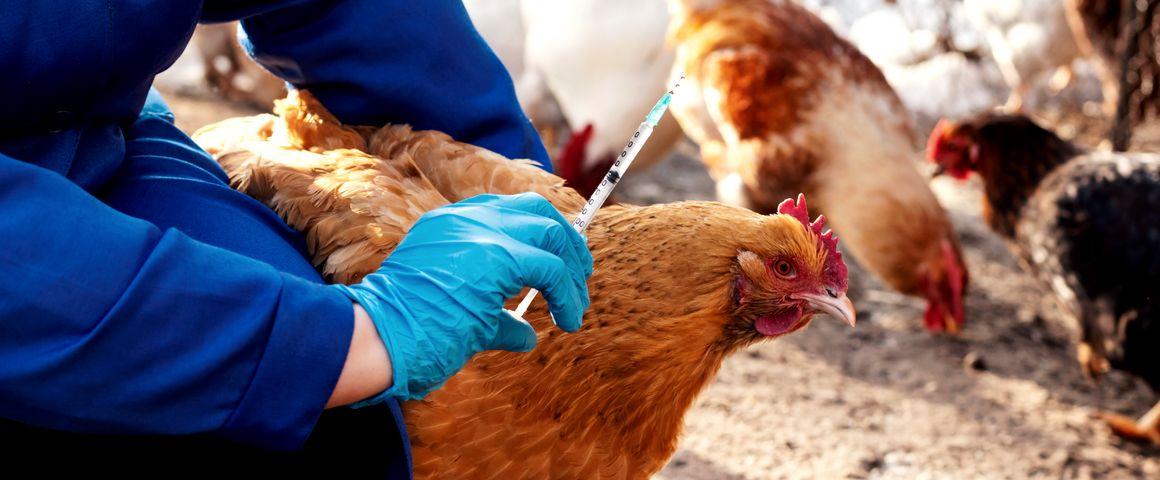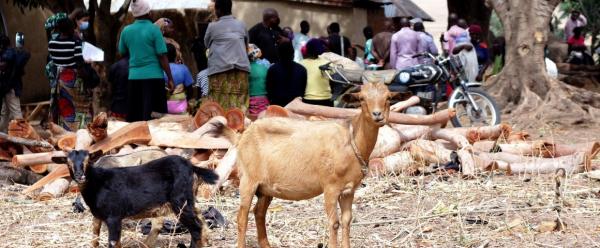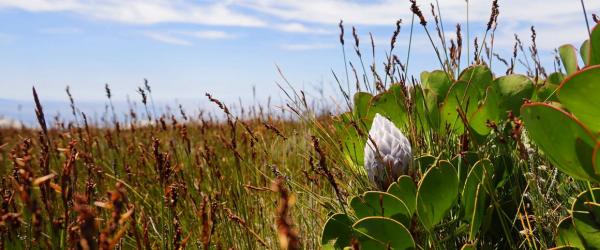Results & impact 28 October 2025
- Home
- CIRAD news
- News
- Avian influenza vaccination strategy
Choosing a vaccination strategy against avian influenza

The EVACS tool serves to identify and conduct cost-benefit analyses of the most effective vaccination strategies © Adobe Stock, Greenoline
Some 400 million birds have been culled worldwide since 2005 to contain avian influenza, half of them since 2020. The acceleration in the spread of the epidemic is now threatening poultry farms the world over, and exacerbating the risks of a pandemic. It is also a danger for wild birds, with some species under threat of extinction. In response to the crisis, the European Union recently authorized its member countries to vaccinate their flocks, with each country free to choose its vaccination strategy.
As part of a project headed by Ceva Santé Animale, CIRAD is evaluating several vaccination strategies suitable for the poultry and pig farming sectors in France. Its work is based on a tool developed in Egypt and subsequently rolled out to other countries in the global South such as Vietnam, and on the experiences of countries that have already gone down the vaccination road.
The global South's expertise is helping the global North
The first time the EVACS (Evaluation of vaccination strategies against animal diseases) strategy was applied was in 2015, in Egypt. EVACS, which was developed by CIRAD, is a decision support tool that serves to assess different vaccination strategies.
Claire Hautefeuille is a veterinarian and epidemiologist with CIRAD. She has been for over three years working to improve EVACS. "The tool assesses the level of immunity each vaccination strategy would provide. It combines an analysis of poultry production networks, data on vaccination efficacy and domestic bird population density. This allows us to produce maps and judge the efficacy of different strategies."
The disease is still circulating in most countries that have already opted to vaccinate. To date, then, none of the available strategies has succeeded in eradicating avian influenza. "However, the production structure of poultry farming chains in Europe is quite different from those in many countries in the global South. In France, for instance, farm biosecurity is generally high, which is only the case for some farms in countries like Egypt, Vietnam or Bangladesh. Using experiences in other contexts, with adaptations, EVACS could help to pinpoint highly effective vaccination strategies."
Working hand in hand with the private sector
The strength of the EVACS tool lies in the first stage of the process: a study of how the sector operates locally. Such diagnoses can only be carried out with support from private players, who are in the front line when it comes to the disease and will be the people putting vaccination strategies into practice.
As part of the BioFluARN project, CIRAD is working with a network of people (veterinarians and technicians) from Ceva Santé animale, who know the situation on the ground, the farmers concerned and the value chain. The data gathered are discussed at participatory workshops. "Before we do our assessment, every aspect of the sector and of vaccination strategies has to be validated by the people working directly with farms to fight avian influenza", says Claire Hautefeuille. "Farmers, veterinarians and so on... The information they hold is vital to the efficacy and feasibility of the vaccination strategies being assessed."
For instance, industrial poultry farms take delivery of one-day-old chicks born in hatcheries. Some vaccines can be used directly in those hatcheries. To assess the impact of such a strategy, it is necessary to know about bird transfers from hatcheries to farms, and that information is primarily held by private operators.
In addition to vaccine efficacy, EVACS can also conduct cost-benefit analyses of different strategies. In those countries that have already used the tool, the vaccination strategies adopted have consistently proved more profitable than culling, whatever the type of production concerned. Vaccination does have an adverse effect on international trade, but if the level of infection means that exports are impossible, controlling the disease by vaccinating becomes a viable alternative for the industry.



























